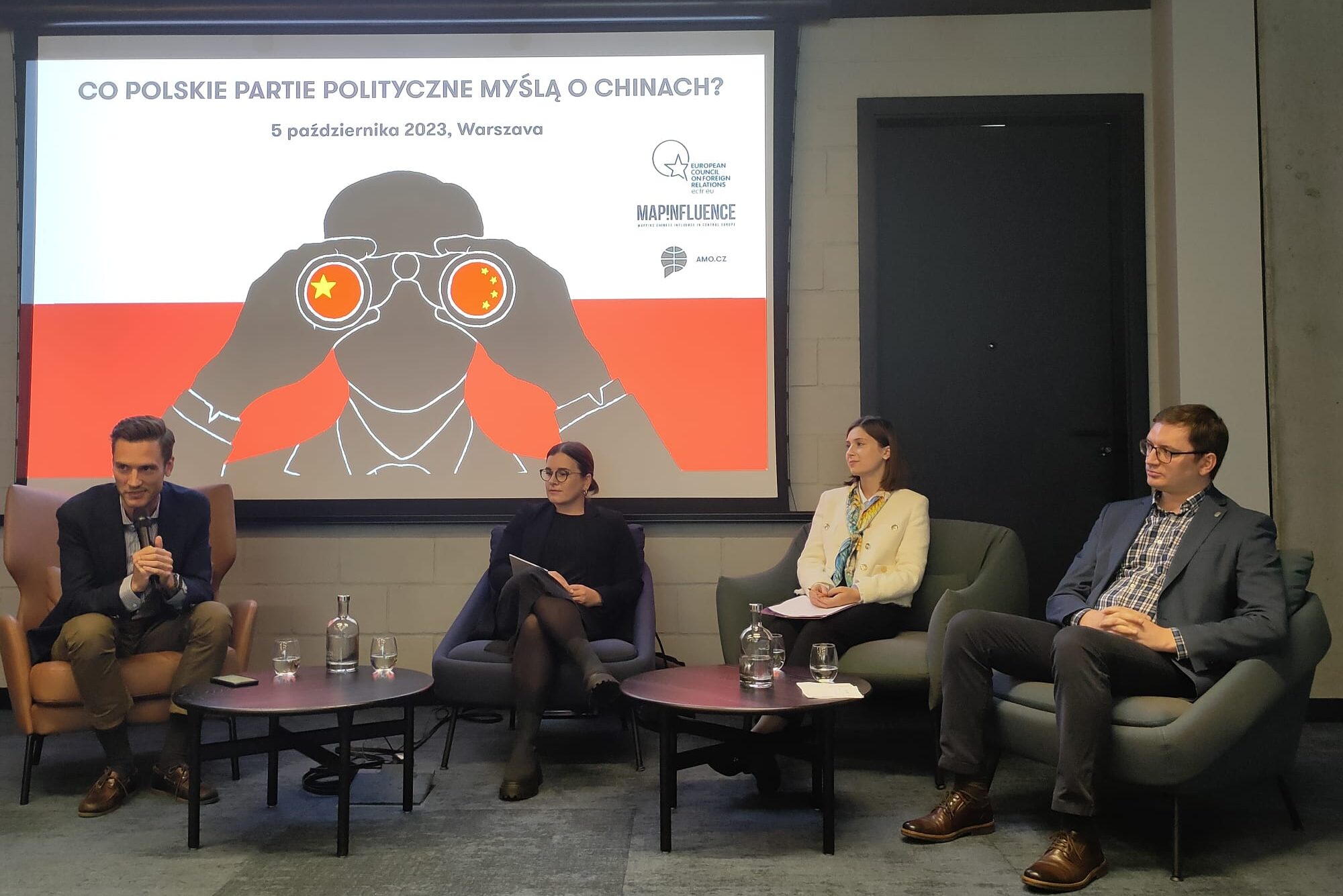2019 has proven to be quite an important year in terms of shaping the general dynamics of cooperation between Poland and China. Warsaw, which throughout the last decade was quite eager to strengthen bilateral and multilateral ties with Beijing, has started to redefine its approach towards China. Disillusionment with the lack of tangible results of cooperation, coupled with ongoing deterioration of relations between the PRC and the US and its impact on third countries have led Warsaw to reassess its previous hyper-optimism towards China-led international frameworks for cooperation, such as the Belt and Road Initiative or the 16/17+1 platform. Throughout 2019, this shift towards growing scepticism on the Polish side has been accompanied by a series of events that made the headlines, also internationally. The most prominent one was the January 2019 arrest of a Warsaw-based Chinese national and simultaneously one of regional Huawei directors, who was detained in Poland (and still remains under arrest) over spying allegations. Given Warsaw’s closeness with Washington, the event was widely (and also rather simplistically) interpreted as just a symbolic gain proving that Poland would side with the US in terms of the unfolding strategic competition with the PRC. Although this argument seems largely correct, it should not lead to a conclusion that Poland is about to decouple from cooperation with China altogether.
In 2020, we might expect more balancing acts on the side of the government in Warsaw. As the US remains Poland’s key international ally, its core interests will definitely be considered while making any strategic decisions. Nevertheless, diversification of international partners also remains in Poland’s interest. While the current stance on China-related issues that have been so far deemed of strategic importance (such as limiting Huawei’s involvement in 5G construction) will be upheld, cooperation in more low-key areas (like education and culture) will most probably continue. Although “people-to-people” (or rather, in case of China, “government-to-people”) cooperation has been regarded as less controversial, it has also generated growing, albeit limited, concerns. Issues such as the role of Confucius Institutes, sponsored content in local media or potential elite capture might come into play at a larger scale, especially given the growing polarisation of the international debate on the implications of the PRC’s global expansion and its effect on democracies that are already in crisis. What we might anticipate is some form of public discussion on Beijing’s ability to enhance its soft power and shape international debates for its own good, most prominently by means available to all actors (including those representing non-democratic regimes and their interests) in democratic countries, like independent press and uncensored social media.
It seems likely that perception of the PRC as a threat, also in normative terms, will accelerate. Nevertheless, we need to put things in perspective: luckily or not, China has been and will most probably remain at the margin of public debate in Poland in the nearest future. As a both culturally and geographically distant partner, it neither poses a direct threat to Poland, nor represents a viable alternative to Western allies with whom Warsaw still seems to share some long-term goals and political values.
The article was originally published at SOAS Blog.
Image source: Hrs Poland, Creative Commons


